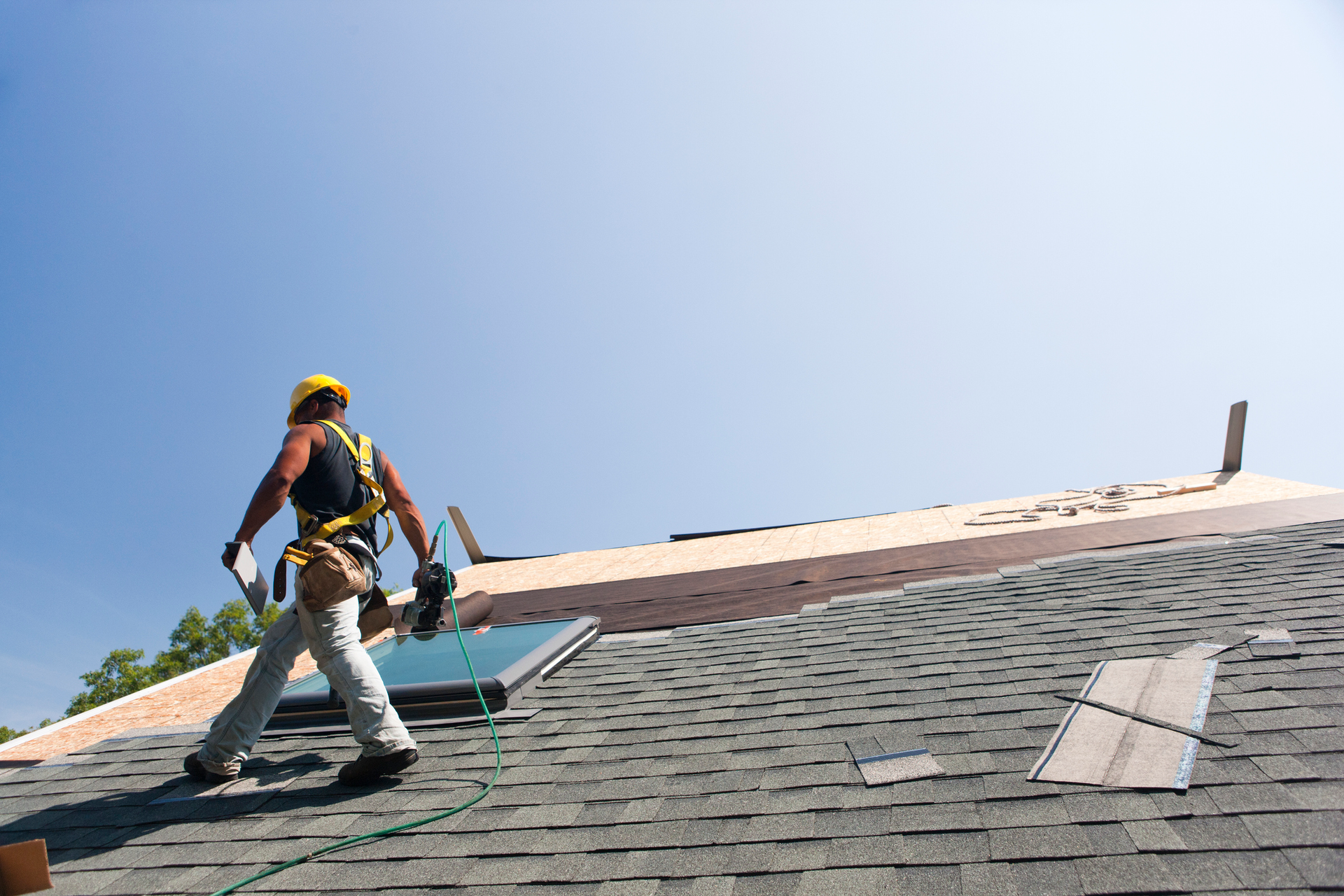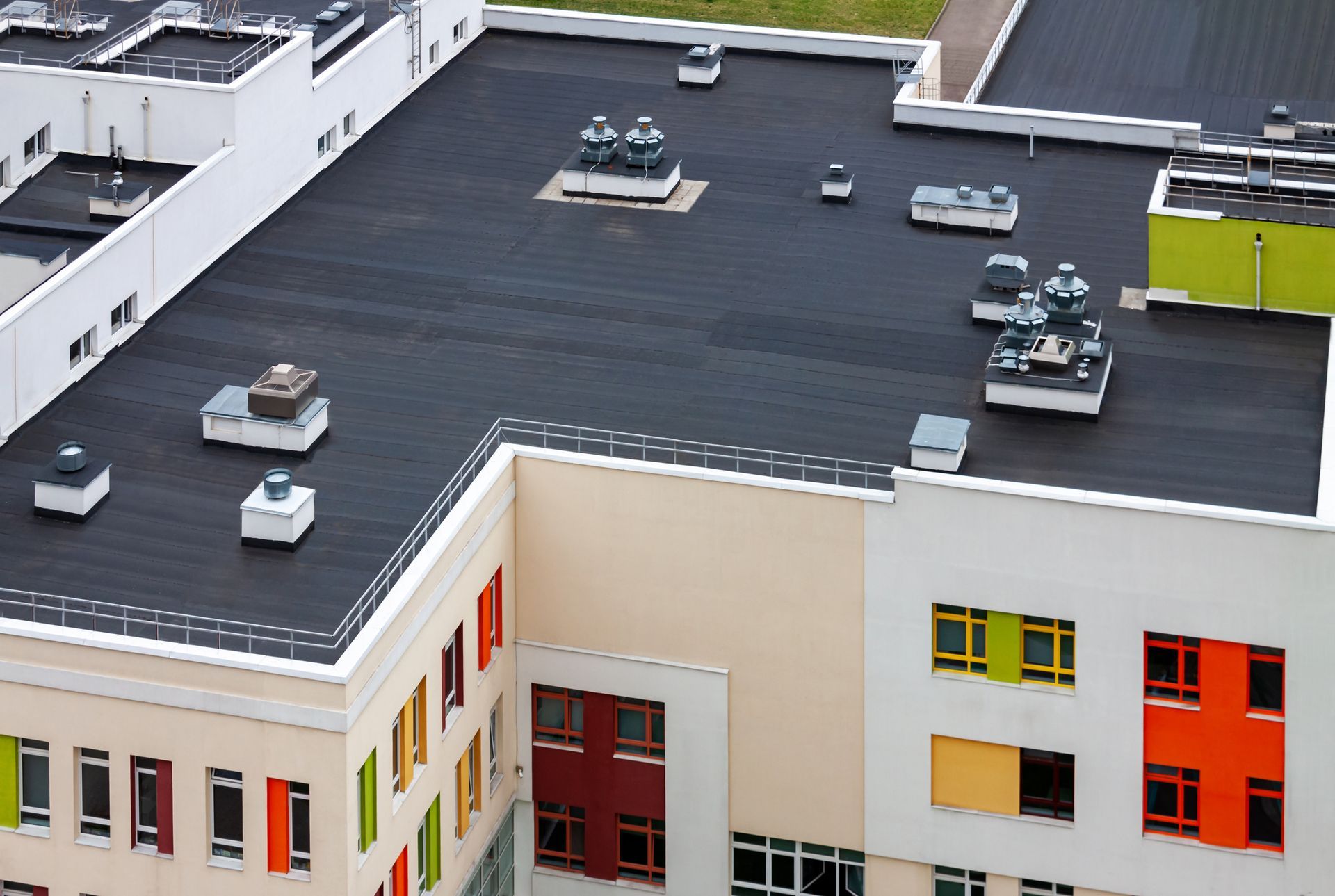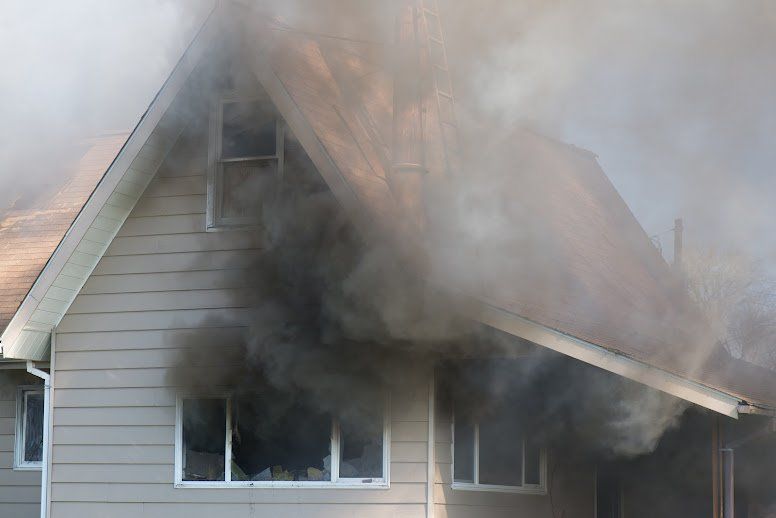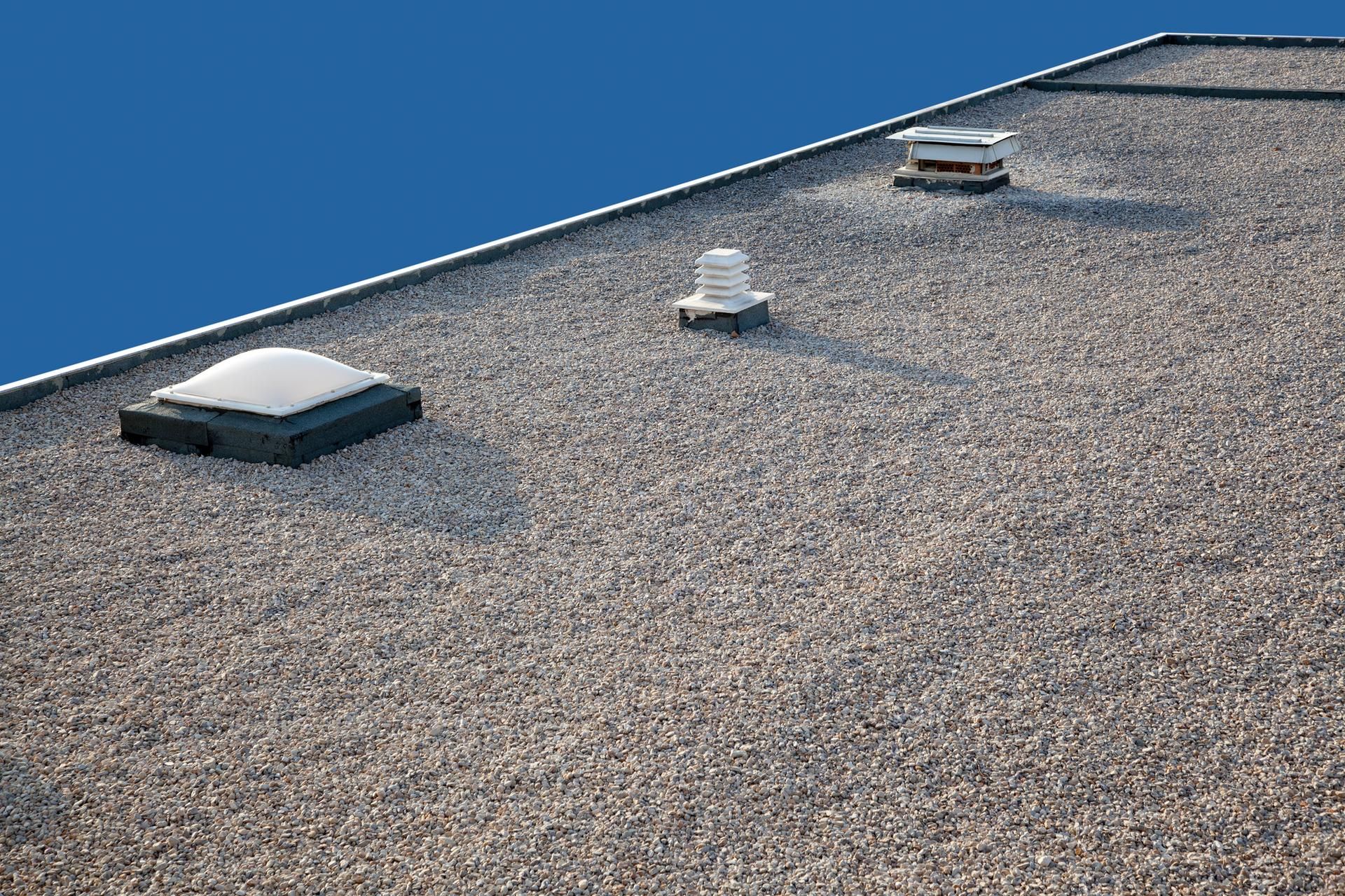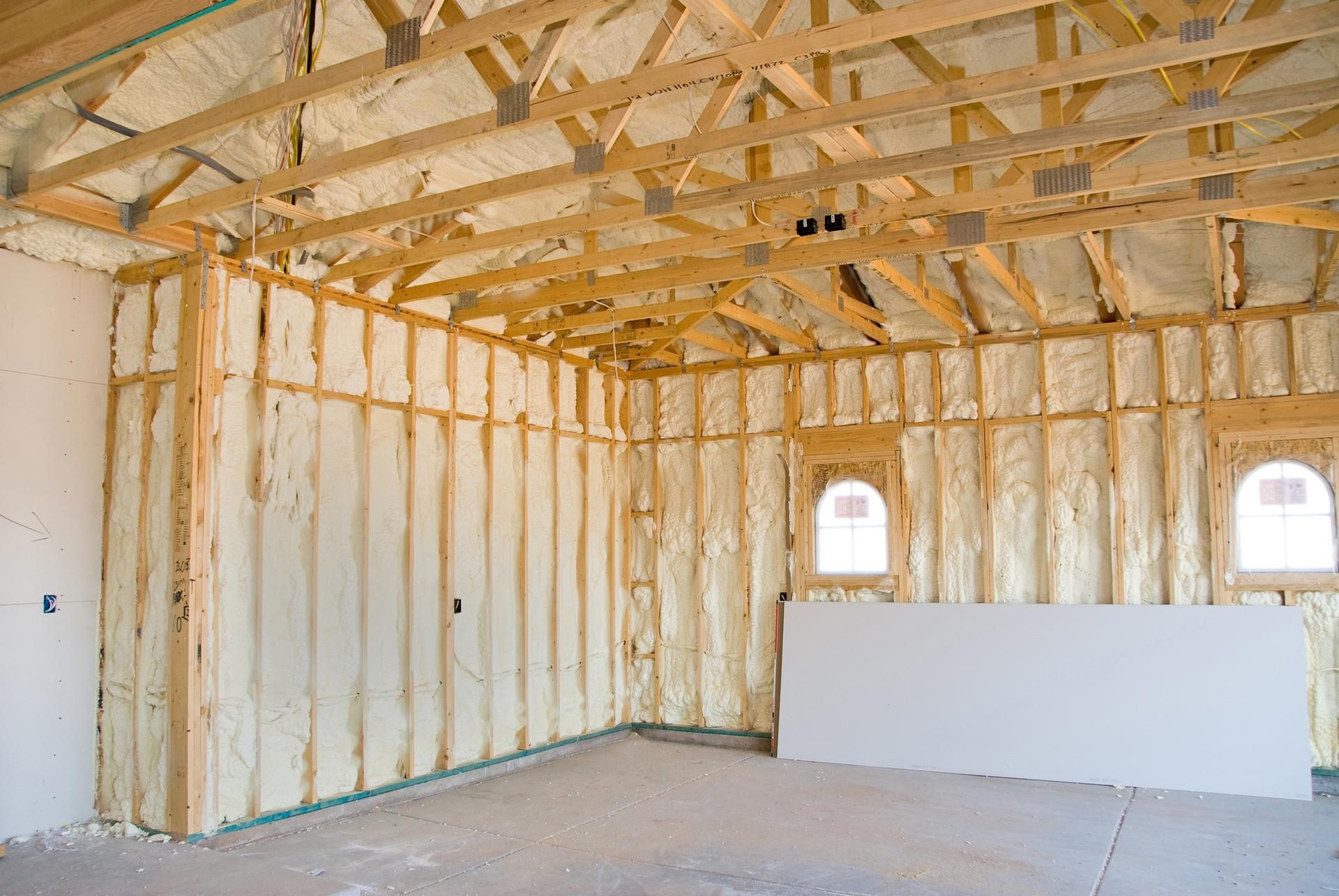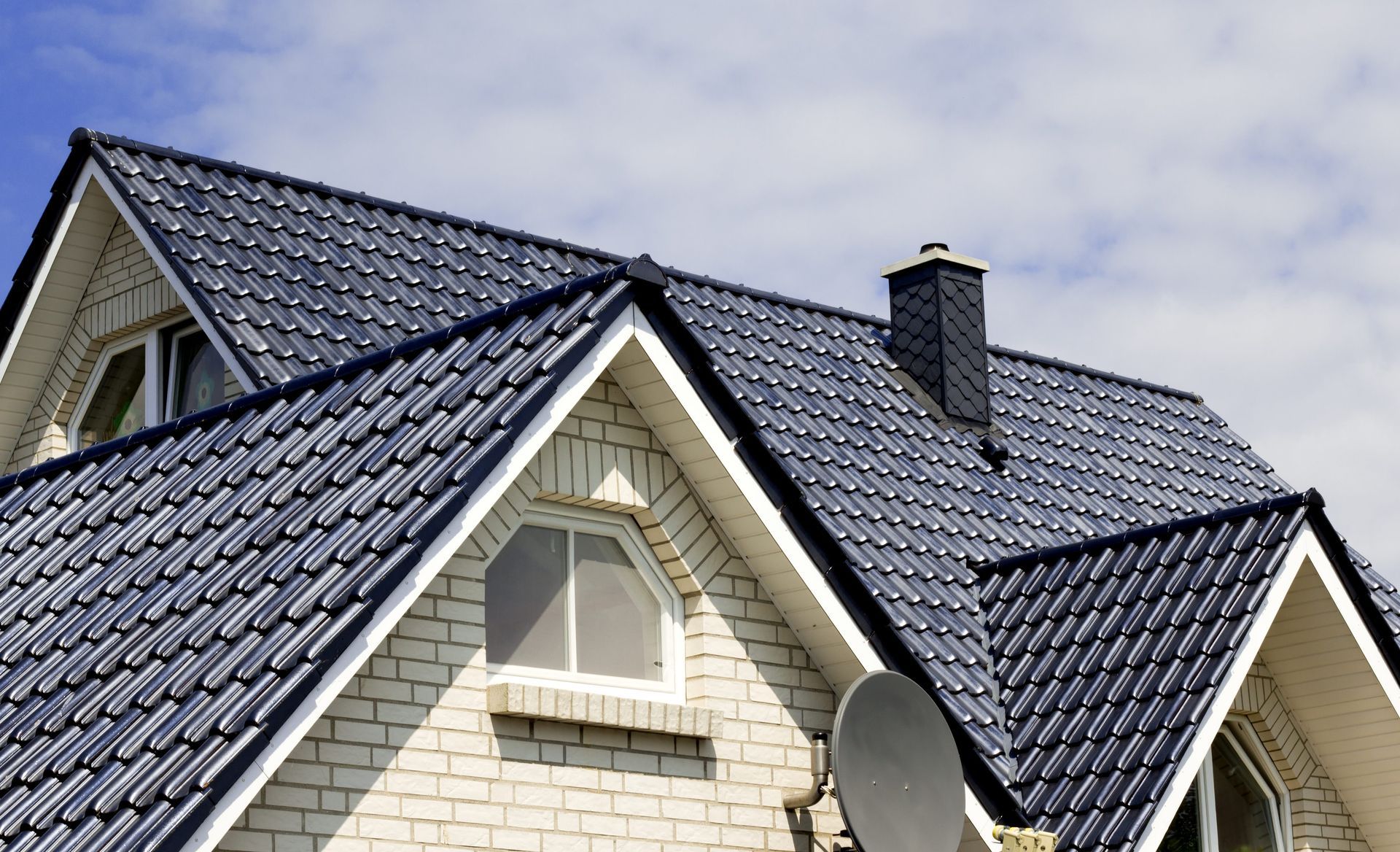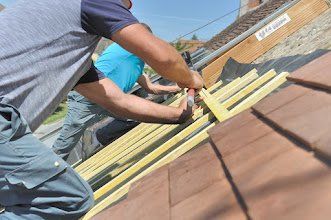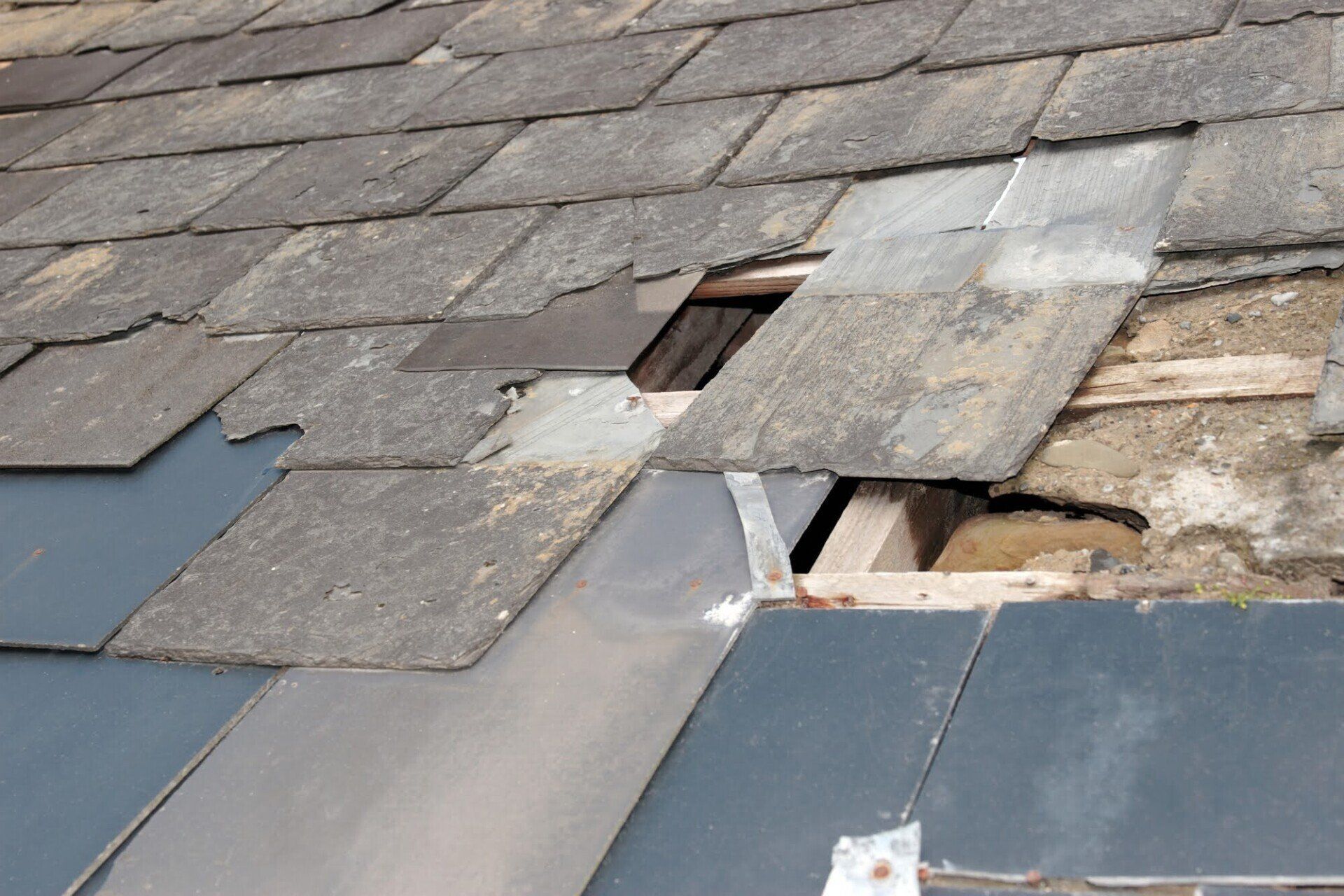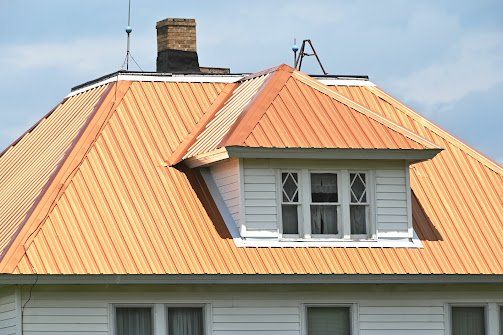What's Your Roof Made Of?
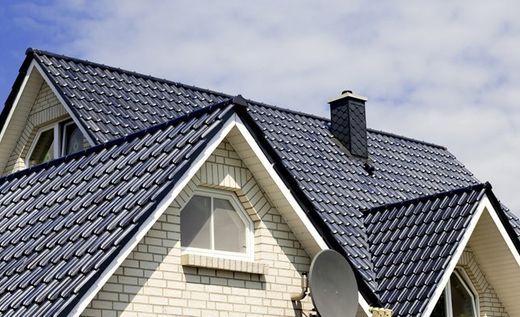
Roofs are fundamental to any stable structure, from the smallest shack to a gargantuan warehouse. The material of the roof can make all the difference in its structural integrity, weather resistance, and ability to stand the test of time. Today, let's take a look at a few of the materials you can use on your roof and the benefits and disadvantages that go along with them.
Metal Roofing
Metal is a durable and recyclable material to use and will last for a long time — anywhere from 30 to 50 years, with some reliable rooftops staying in shape for up to 75 years. Usually made of aluminum or steel, the most common construction is called a standing seam roof due to the raised, interlocking panels.
The most significant factors to watch out for with a metal roof are the cost (which can be on the pricey side) and the possibility of corrosion. If you decide to use a metal roof on your home, be aware that it could cause problems for firefighters if they need to break through from above.
Wood Shingles & Shakes
Wood shingles and shakes differ mostly in the method of manufacturing; shingles are machine-cut for uniformity, while shakes are hand-cut from thicker blocks of wood. The wood insulates well and is completely recyclable as well, with natural rustic beauty as a bonus.
Of course, the most dangerous factor to consider is fire safety since the wood will catch fire more readily than many other roofing materials. If you decide to use wooden shingles or shakes, have the roofers use a fire retardant treatment to protect your home.
Composite Tiles
The vast majority of American homes use composition tiles, made of a fiberglass mesh with asphalt and mineral granules coated on top. They protect the house well and are adaptable to most climates, as well as easy to replace and comparatively cheap to purchase.
Composite tiles do need replacement more often than metal or wood, which can lead to a higher lifetime cost. Be cautious of the quality and ask your roofer what tests they use on the tiles to determine their suitability. Additionally, be aware that you may have trouble recycling these shingles, since most plants will not take them.
Concrete and Clay Tiles
In the Southwest, clay tiles are a common sight. The fired clay is well suited to hot and dry climates and can withstand a lot of wind. If it has proper reinforcements, your roof could withstand the passage of over 50 years, with some companies boasting of over 100 years of durability.
Concrete and clay tiles are more expensive than some other choices, which can be a deterrent. The additional roof support needed can drive the price up even more, and they are prone to breaking under a person's weight, which can make repairs difficult to accomplish.
Natural and Synthetic Slate Tiles
Natural slate tiles can be extremely durable, with evidence of some slate roofs lasting hundreds of years. The material is fire-resistant, waterproof, and deters mold and fungus. Synthetic slate is not as durable, but it has a lightweight strength that makes it attractive to many.
Slate is subject to some of the same troubles as clay: the cost can be high and the tiles breakable under the weight of someone walking on them. If someone underqualified uses natural or synthetic slate on your roof, you could wind up with moisture issues quickly.
Does your roof need some work done — or a complete overhaul? All American Roofing is ready to solve your dilemma. For the smallest leak repairs to preventative maintenance to completely new construction projects, All American Roofing has the experts you want to work on your home.
Get in touch today to bring in the dream team of roof repairs.

